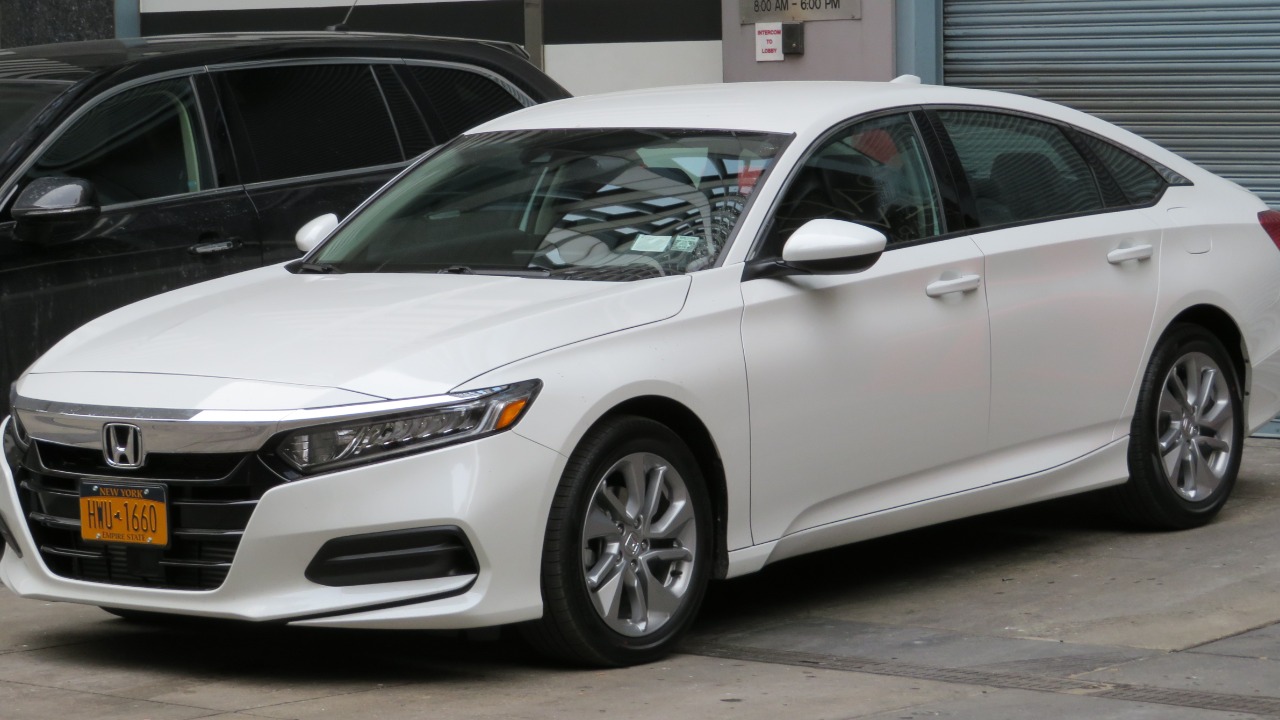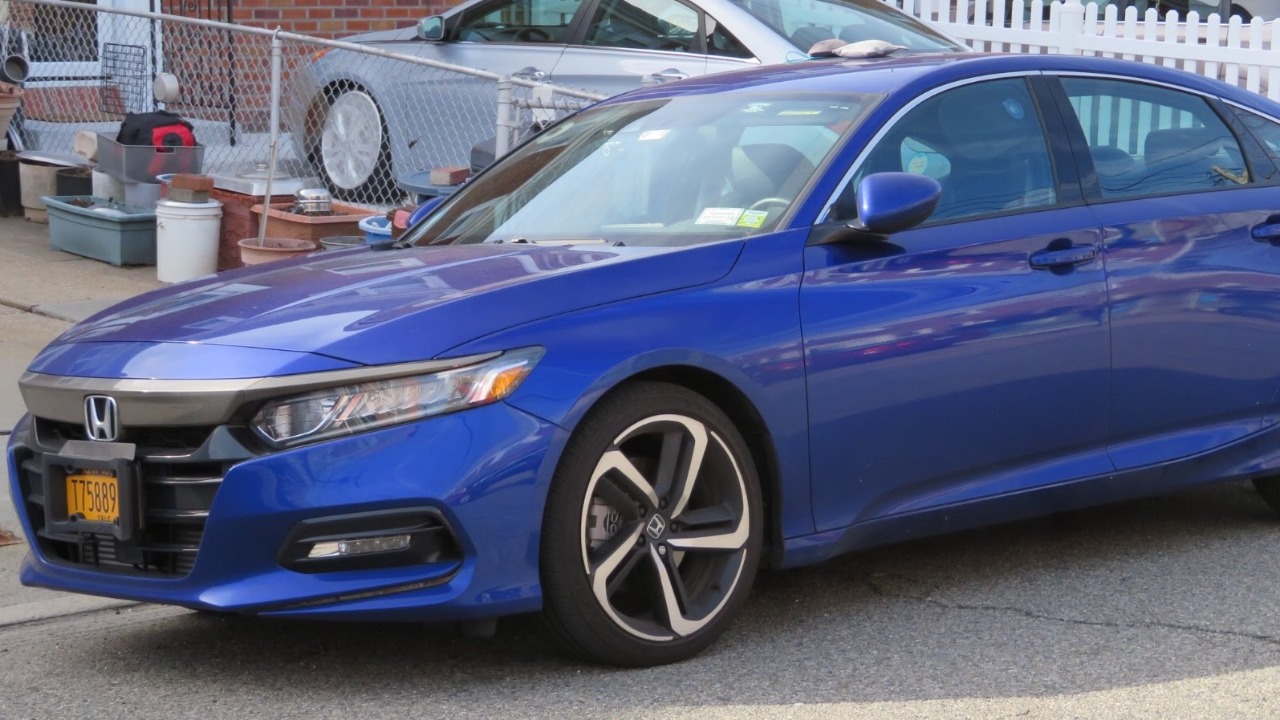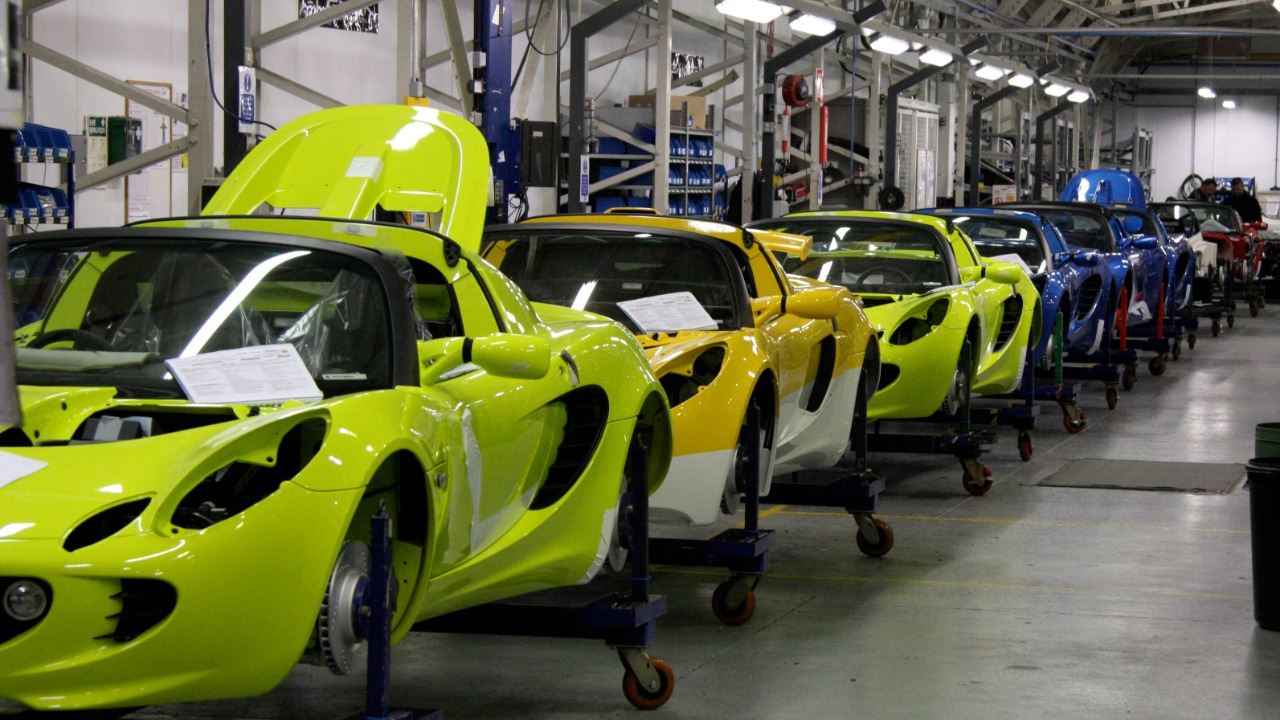
The automotive industry is witnessing a radical shift. Today, car manufacturers are designing cars with built-in wear limits to encourage drivers to undertake timely upgrades. The idea behind this is to ensure that vehicles are always operating at their best and meeting the stringent environmental standards.
The Shift Towards Built-In Wear Limits

Built-in wear limits refer to pre-determined thresholds in a car’s components, beyond which they are designed to wear out or become less efficient. This concept is implemented to ensure that drivers upgrade their cars or specific parts at regular intervals, thereby maintaining peak performance and safety standards. For instance, the brake pads on a 2018 Honda Accord are designed to last approximately 50,000 miles, after which they will need to be replaced.
Car manufacturers are leaning towards this approach for a variety of reasons. Primarily, it helps maintain the vehicle’s optimal performance by replacing worn-out components before they cause any significant damage. Furthermore, it ensures that the vehicle is consistently compliant with the ever-stringent environmental regulations. Lastly, it also creates a steady demand for replacement parts, which is a significant revenue stream for car manufacturers.
Impact on Car Performance

Built-in wear limits can significantly impact car performance. For example, if a car’s engine oil is not changed after reaching its wear limit, it can lead to decreased engine performance and potential damage. Timely upgrades, therefore, play a crucial role in maintaining optimal vehicle performance.
Upgrades are not always about replacing worn-out components. They can also be enhancements to the car’s existing features. For instance, adding a cold air intake can improve the car’s horsepower and fuel efficiency. The Reddit Cars community provides numerous suggestions on such small yet noticeable upgrades.
Environmental Implications

Built-in wear limits and timely upgrades have significant environmental implications. As car components wear out, they become less efficient and might increase the vehicle’s emissions. Regular upgrades can ensure that the vehicle remains within the emission standards set by the government. California, for instance, has some of the strictest vehicle emissions standards in the world, and cars with built-in wear limits can help meet these standards.
This approach supports the broader goal of reducing greenhouse gas emissions. By maintaining vehicles in their optimal condition, we can contribute to a cleaner and healthier environment.
Consumer Response and Implications

The consumer response to cars with built-in wear limits has been mixed. While some appreciate the push towards regular maintenance and environmental responsibility, others view it as a way for manufacturers to generate additional revenue. This trend pushes consumers to be more proactive about car maintenance and upgrades, which can ultimately result in safer and more efficient vehicles on the road.
However, this approach also brings about a shift in consumer behavior. Instead of waiting for parts to fail, car owners are encouraged to replace them preemptively, which can be seen as an added expense by some. This change in behavior has been discussed on various platforms, such as Northside Automotive’s blog.
Suitability of All Cars for Performance Upgrades

While the concept of built-in wear limits and timely upgrades may sound appealing, not all cars are suitable for performance upgrades. As per the analysis provided by Custom Performance Center, factors such as the car’s age, model, and overall condition play a significant role in determining the feasibility of performance upgrades.
For instance, older vehicles might face compatibility issues with newer components. Also, some car models, especially those designed for city use, might not benefit significantly from performance upgrades. Therefore, the implementation of built-in wear limits needs to be assessed on a case-by-case basis, considering the potential challenges in various car models.
Potential Future Developments

Looking ahead, it seems likely that built-in wear limits and timely upgrades will become more prevalent in the automotive industry. As cars become more advanced and integrated with technology, the need for regular upgrades will increase. This trend could reshape the way we think about vehicle ownership, with more emphasis on regular maintenance and upgrades.
Moreover, as environmental regulations become stricter, the need for efficient, low-emission vehicles will increase. Cars with built-in wear limits can be part of the solution, encouraging regular maintenance and upgrades to keep emissions low. For a detailed discussion on the future developments, you can refer to the book “Cars with built-in wear limits push for timely upgrades”.